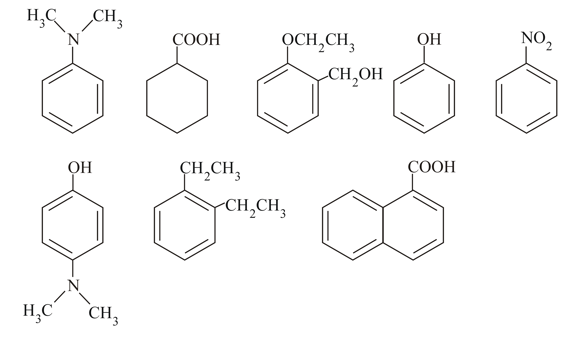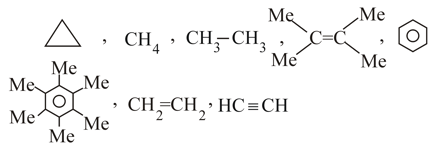Embibe Experts Solutions for Chapter: Organic Chemistry- Some Basic Principles and Techniques, Exercise 3: EXERCISE-3
Embibe Experts Chemistry Solutions for Exercise - Embibe Experts Solutions for Chapter: Organic Chemistry- Some Basic Principles and Techniques, Exercise 3: EXERCISE-3
Attempt the free practice questions on Chapter 23: Organic Chemistry- Some Basic Principles and Techniques, Exercise 3: EXERCISE-3 with hints and solutions to strengthen your understanding. Beta Question Bank for Engineering: Chemistry solutions are prepared by Experienced Embibe Experts.
Questions from Embibe Experts Solutions for Chapter: Organic Chemistry- Some Basic Principles and Techniques, Exercise 3: EXERCISE-3 with Hints & Solutions
What is the percentage of nitrogen in an organic compound of which gave by Dumas method of nitrogen collected over water at and at a barometric pressure of (aqueous tension of water at is
Amongst the following, the total number of compounds soluble in aquesous is:

How many of the following compounds contains higher bond energy than bond in cychlohexane?

The reason for resonance, is delocalisation of -electrons.
The dipole moment of is greater than that of
hybrid orbitals have equal - and -character.
How many -shifts are involved during the course of following reaction:

How many following carbocation undergo re-arrangement-
(a)
(b)
(c)
(d)
(e) 
(f) 
(g) 
(h) 
